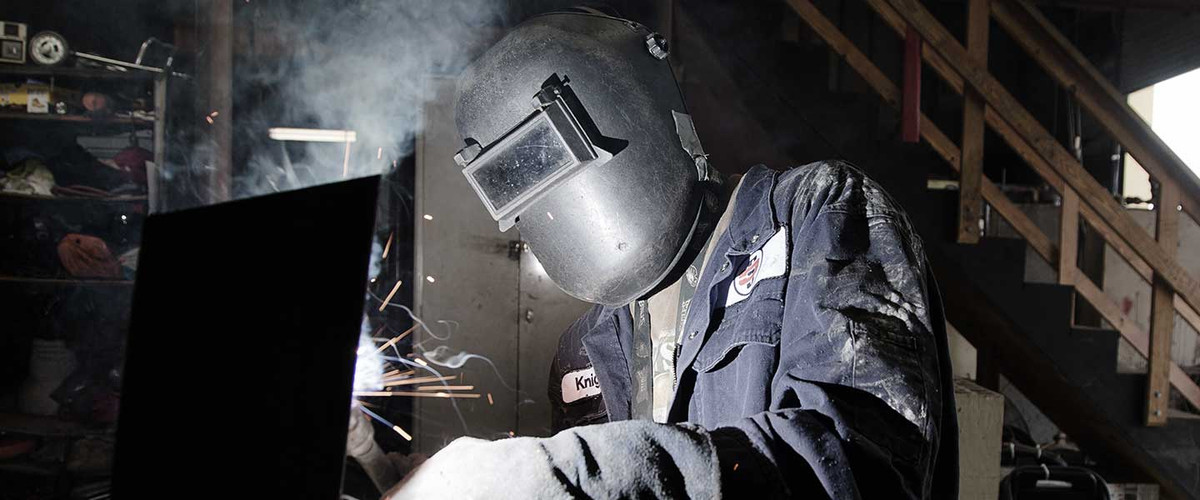LED Lights for General and Task Lighting
By Leah • Dec 09, 2019
Every industrial space has various lighting needs to meet every aspect of their operation. This means on both a macro and micro-level. While a room needs to be filled with light, there are many processes which need better visibility or more specific lighting requirements which cannot be met by general lighting alone. Here’s how LED lighting is the best for both worlds.
General Vs. Task Lighting
Whether you have a high-bay or low-bay space, general lighting is vital. We sometimes call this ambient lighting, but essentially it refers to the light which fills up the main space of a given area. There are few reasons why you would have general lighting which doesn’t fill the entire space. Generally speaking, if this does not happen, the lighting is deficient.
Task lighting refers to the lighting requirements needed for a specific task. For example, welders often need very focused lighting to see the seems of their joins. General lighting is not enough to meet this need, so lamps attached to the equipment provide more focused and intense light.
How Does LED Benefit General Lighting?
In residential interiors and small offices, LED provides more energy efficient lighting than rival technologies. Even with the reduced lighting needs of these smaller spaces, the quality of the light is noticeably better. In industrial spaces, these benefits are even more significant.
High-bay lighting means the light needs to be bright enough to reach the floor below, but the horizontal space is also important. High intensity discharge bulbs such as metal halide lamps use an arc tube to create their light output. This means the light is emitted in a 360º radius. Even with reflecting panels, much of this light energy is wasted.
With LED, general lighting is more convenient and more adaptable to its environment. The beam angle is the angle at which light is projected to the ground. LEDs use lenses to ensure the beam angle is as wide or narrow as needed, something HIDs cannot do. For example, warehouses need a narrower beam angle to fill the light between stacks without wasting it.
Another advantage LED can provide for general lighting is due to the fact it does not waste much electrical energy as heat. This means a space is filled with ambient light without dramatically affecting the ambient temperature. HIDs, CFLs and other lighting technologies are notoriously inefficient when it comes to wasting heat energy. This can affect overheads, especially in already hot industrial environments which puts even more strain on overworked cooling and air-conditioning systems.

How Does LED Benefit Task Lighting?
Apart from the same cost effectiveness and energy efficiency which improves general lighting, LED has other benefits for specific task lighting. Firstly, the bulbs themselves are very durable. This means that they will not become easily damaged when used up close in hazardous industrial environments. As HIDs such as metal halide lamps use arc tubes, they need reinforced glass casings. If they were to break, LEDs do not shatter or release toxic chemicals.
Another important benefit for task lighting is the better color rendering ability. High pressure sodium lamps and other HIDs are notoriously bad for their color rendering ability. When working at a task which makes discerning colors essential (such as in printing or design studios), LED has a much higher color rendering index rating than many rival lighting technologies. Better clarity means better productivity for individual tasks and a safer work environment overall.
HIDs need time to reach their intended light output whereas LEDs do this instantaneously. This allows for greater programmability, something which can improve certain tasks, particularly in software and digital development.
For general lighting in high-bay spaces, one of our best lamps is the EZ LED 1K UKTRA. This bulb has a 95º beam angle distribution, energy savings of up to 70% and can be used as a direct replacement in high-bay spaces without even having to bypass current fixtures.
